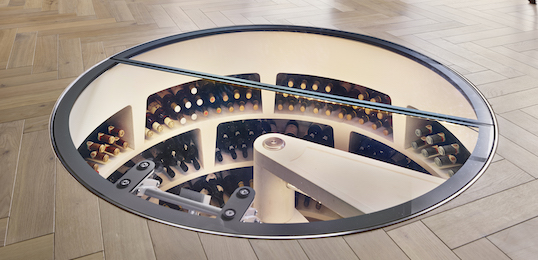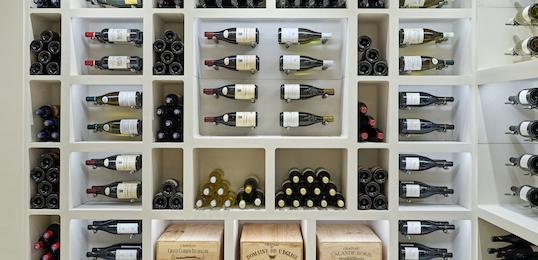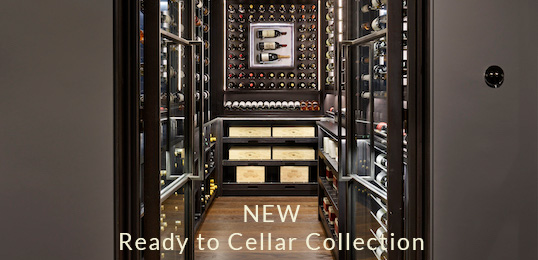Wine is older than written records; archaeologists have found evidence of wine-making dating back over six thousand years, and thus its origins are lost to legend. However, if we were able to travel back that far and taste that ancient wine, we might find it drastically different to that in our own modern wine cellars. This is because viticulture and the consumption of wine has changed in many ways over the centuries – sometimes in subtle steps, and at other times in drastic moments.
The Roman Empire
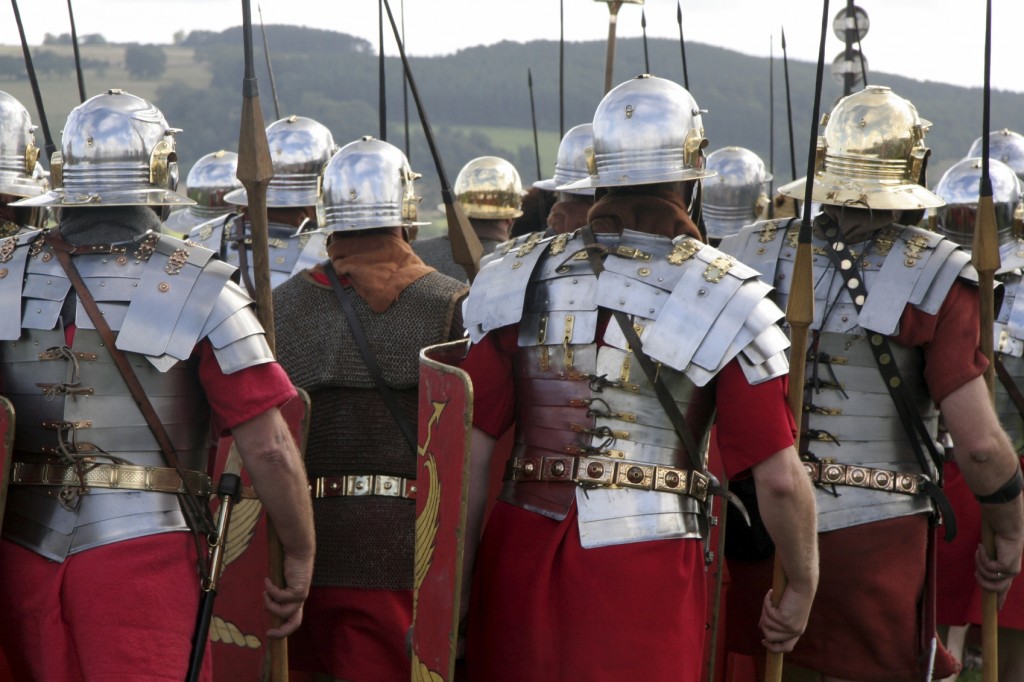
What did the Romans ever do for us? Well, viticulture and oenology flourished under the Roman Empire, and as they expanded across Western Europe they brought both wine and vine with them. Although the Greeks and Phoenicians had previously traded quite extensively in wine, it was the Romans who expanded viticulture itself beyond the Mediterranean area, establishing many of today’s major wine-producing regions in France, Portugal, Spain, Germany and other countries. This allowed grapes to be grown in new conditions, which produces different flavours and a wider variety of wines.
The Spread of Catholicism

Throughout the Medieval period, alcoholic drinks were favoured by all classes; however, away from the major grape-cultivating areas wine had remained the preserve of the nobility. Wine is, however, very important to the Catholic Mass, so monastic orders like the Benedictine and Cistercian monks became major producers of wine.
Catholicism also took wine to the New World; when Spanish conquistadors arrived there, they planted vineyards at their missions in order to make wine for their services.
The Great French Wine Blight
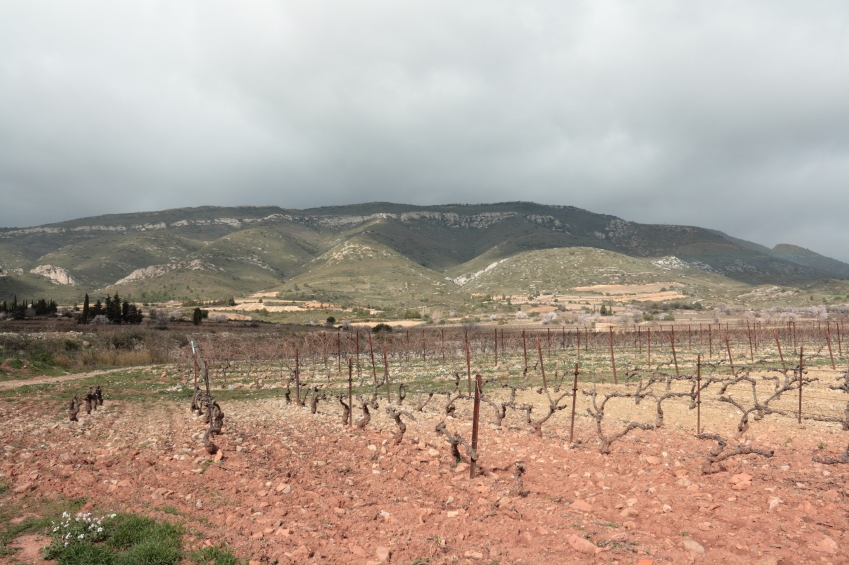
In 1863, wine growers in the Languedoc region of France noticed a mysterious blight affecting their vines. The blight spread quickly across the country, but the cause was not established for several years. The damage was found to have been caused by an aphid, thought to be a species of phylloxera, introduced from America, the invention of steamships having shortened the journey enough for the aphid to survive the trip.
Over fifteen years, approximately 40% of French grape vines and vineyards were infected and lost. In order to prevent further damage, French vines were grafted onto American root stock which proved resistant to the infection, but this solution divided vintners of the day, and remains a cause for debate.
The Judgement of Paris
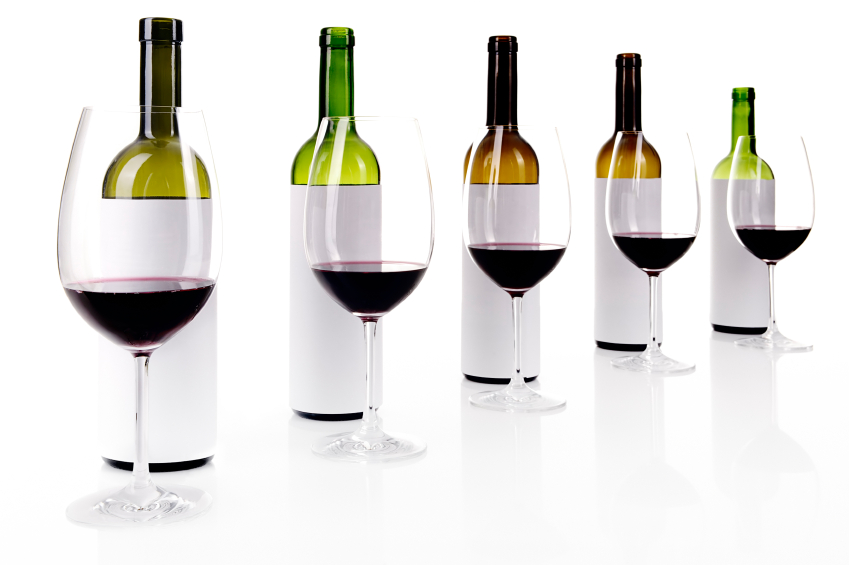
French wine has always had a certain reputation – but a blind taste test in 1976 upset this balance. British wine merchant Stephen Spurrier assembled a panel of 11 judges, including himself, the American director of l’Académie du Vin and nine French experts, to taste a selection of wines from both France and California.
They were asked to sample ten red wines and ten white, grading each out of twenty points. An overall ranking of the wines was then made by averaging the points from the French judges only. The shocking twist? In both categories, the American wines came out on top. Not only that, but in subsequent taste tests of the same red wines as they aged, American wines continued to be preferred over the French.
As a result of the test, Spurrier was banned from the French wine-tasting tour for a year, and Californian wines grew in both production and prestige – so much so that we’d wager you have a few in your cellar.
All of these events have had an influence on the wine we drink today – but what may be yet to come? That’s something that we’ll investigate in future posts.
